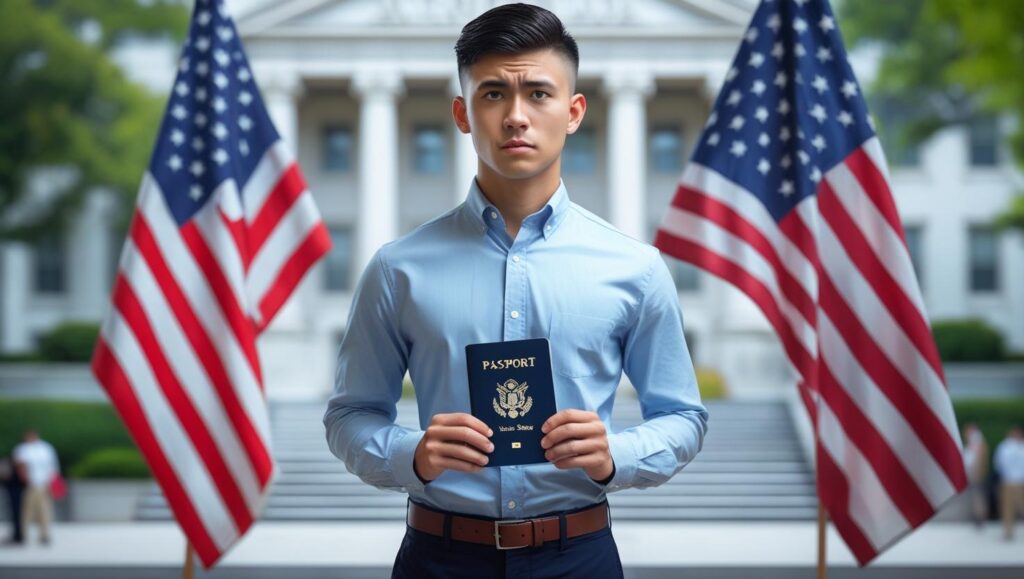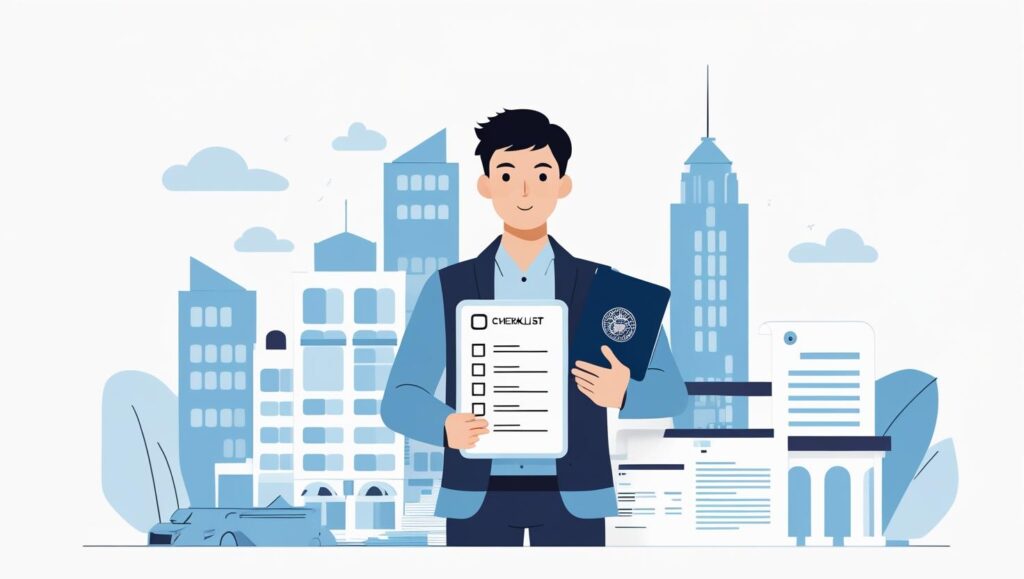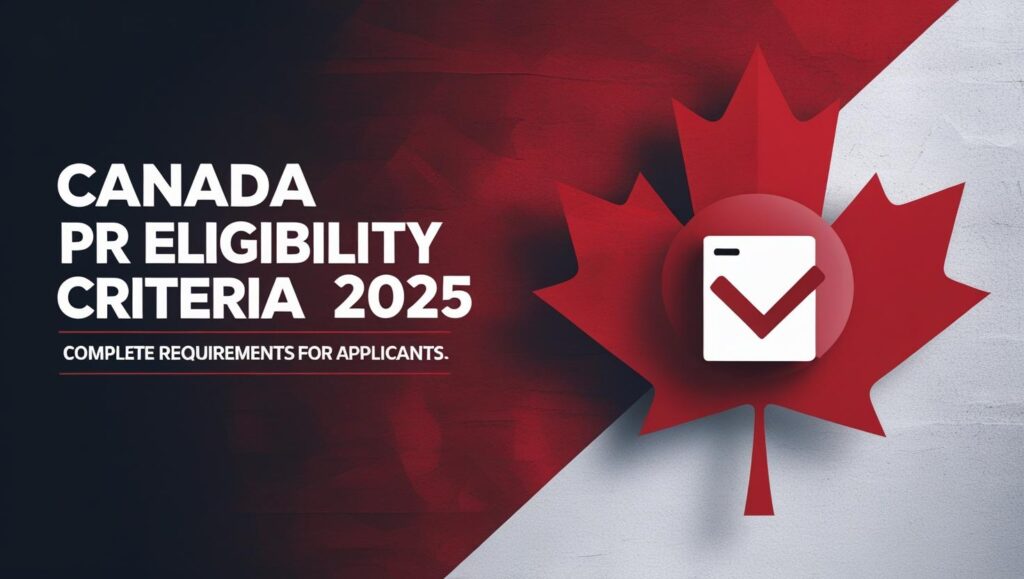The us visa crackdown international students issue has become one of the most debated topics in global education. Thousands of students worldwide dream of studying in the United States, but recent policy changes are making the journey more complicated. Tighter background checks, longer wait times, and higher denial rates are causing stress for applicants.
This article explains the situation in detail, explores why the crackdown is happening, and provides practical advice for students who still want to pursue their academic goals in the US.
What Does the Crackdown Mean for International Students?
Stricter Rules at the Visa Stage
International students, especially those applying for F-1 visas, now face:
-
More in-depth questioning during interviews
-
Extra proof of finances and study intent
-
Delays in receiving approvals
-
Additional background checks for certain nationalities
Why Students Are Concerned
For many students, even a short visa delay can mean:
-
Missing the start of the semester
-
Losing scholarships or funding
-
Stress and uncertainty about future opportunities
Why Is the US Tightening Visa Rules?
National Security Priorities
The US government has become more cautious about students entering sensitive academic fields like artificial intelligence, quantum research, or cybersecurity. Officials want to ensure advanced knowledge isn’t misused.
Changing Diplomatic Relations
Tensions with some countries have also influenced stricter visa policies. International students from these regions are more likely to face longer processing times.
Administrative Directives
Embassies and consulates have received guidance to review student applications more carefully. Universities in the US are adjusting their processes to support affected students.
Real Impacts on Students
Delays and Denials
Students are reporting:
-
Longer waits for interviews (up to 2 months in some countries)
-
More “administrative processing” cases, where applications are held for extra review
-
A noticeable drop in approval rates for certain STEM majors
Example Case
| Step in Visa Process | Past Timeline | Current Timeline |
|---|---|---|
| Scheduling Interview | 2–3 weeks | 6–8 weeks |
| Extra Processing | Rare | Now 10–15% cases |
| Approval Rate | ~90% | ~70–75% |
(Example for illustration purposes, based on reports from student communities.)
How Students Can Prepare
Strengthen Documentation
-
Prepare updated bank statements and sponsor letters
-
Keep academic transcripts and acceptance letters ready
-
Write a clear Statement of Purpose focused on academics, not work
Plan Ahead
-
Apply for a visa as soon as you get your admission letter
-
Expect possible delays and prepare backup plans
-
Check appointment slots in multiple cities if available
Work with Your University
Most US universities have international offices that:
-
Guide students on required paperwork
-
Offer updated information on policy changes
-
Provide official letters to support visa interviews
Follow Official Updates
These are the most reliable sources for changes in rules.
Related Topics You Should Know
-
F-1 visa interview tips
-
Visa approval trends in STEM vs. non-STEM fields
-
The impact of visa delays on university enrollment
-
Administrative processing explained
Frequently Asked Questions (FAQs)
Why are more student visas being denied?
Because of stricter security reviews, especially in technology-heavy programs, and additional checks on financial and academic backgrounds.
How long does administrative processing usually take?
It can take anywhere from a few weeks to several months. Students should plan early and keep their universities informed.
Can students still study in the US despite the crackdown?
Yes. Many students are still being approved. Careful preparation, honest communication, and early applications improve success rates.
Quick Action Checklist for Students
| Step | What to Do |
|---|---|
| 1 | Research visa rules early |
| 2 | Apply immediately after admission |
| 3 | Gather strong financial and academic documents |
| 4 | Practice visa interview questions |
| 5 | Stay updated on official sites |
Conclusion
The us visa crackdown international students trend is creating new challenges, but studying in the United States is still possible. By applying early, preparing strong documents, and staying informed, students can reduce risks and keep their dreams alive.



